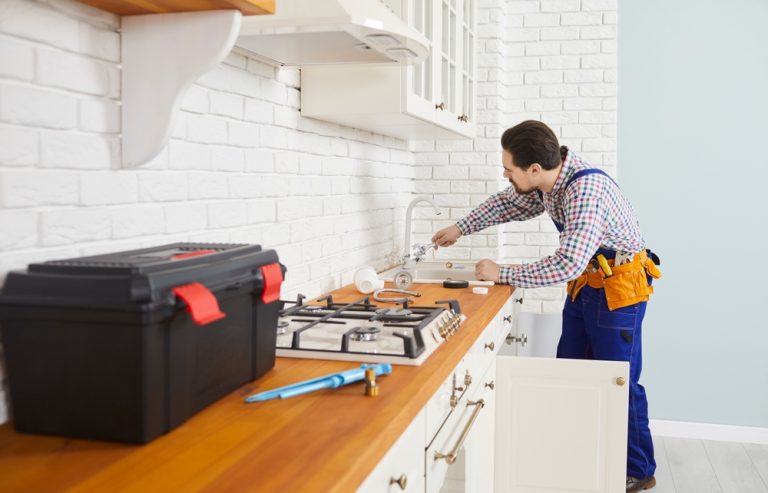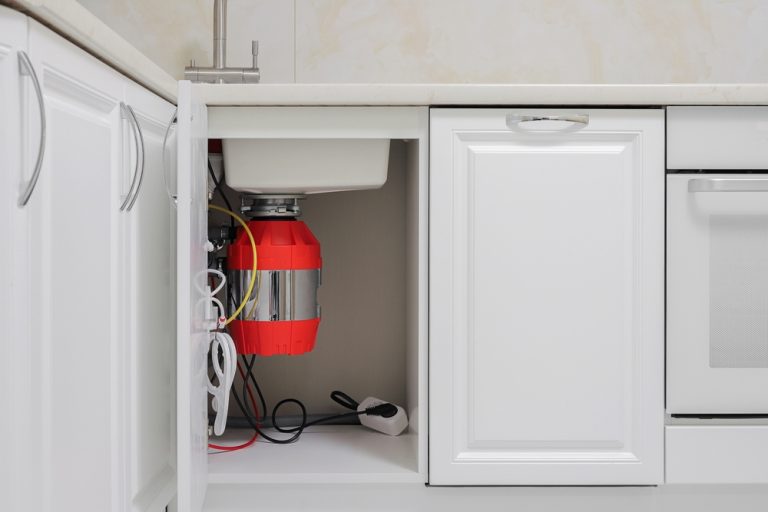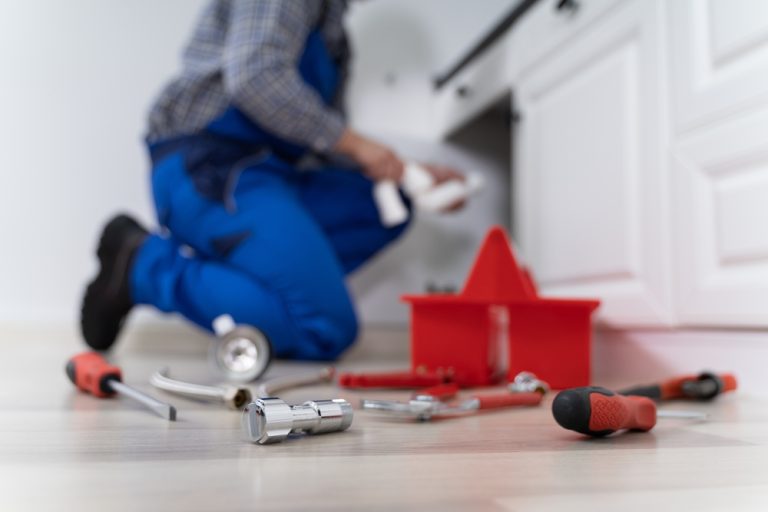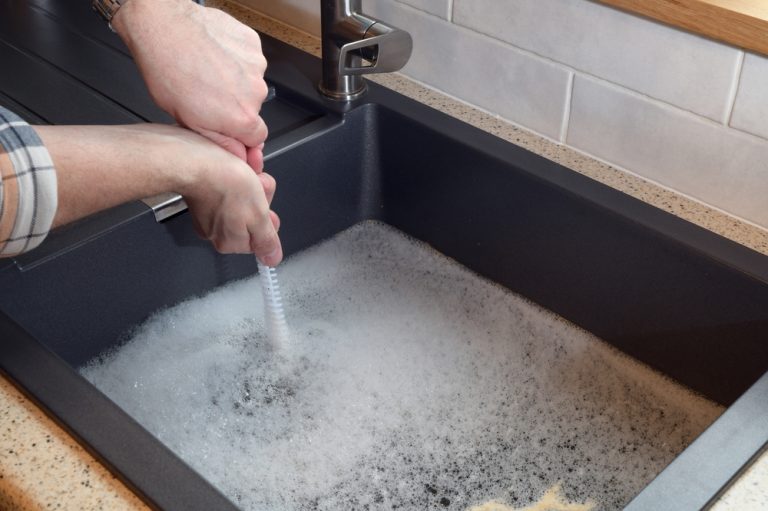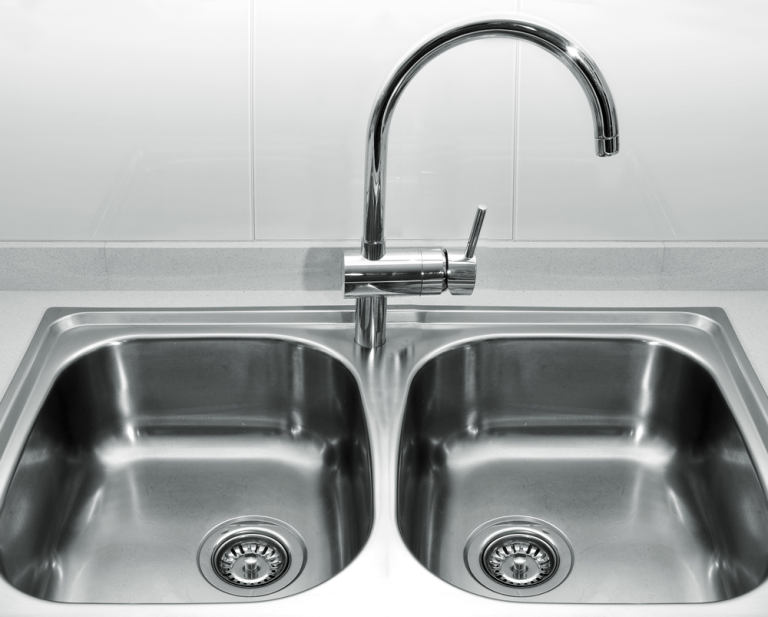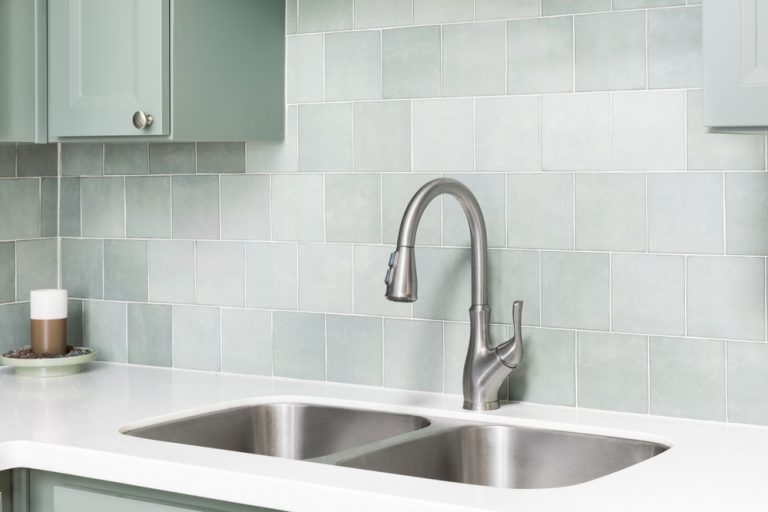What Size Is a Kitchen Sink Drain Pipe?

When planning a kitchen remodel or addressing plumbing issues, understanding the dimensions and specifications of your kitchen sink drain pipe is essential. Knowing what size is a kitchen sink drain pipe helps ensure proper installation, prevents clogs, and maintains efficient drainage.
In this comprehensive guide, we’ll delve into the standard sizes of kitchen sink drain pipes, their functions, and tips for selecting the right size for your kitchen plumbing needs.
Understanding Kitchen Sink Drain Pipe Sizes
Kitchen sink drain pipes come in various sizes, each serving a specific purpose within the plumbing system. The size of the drain pipe affects the flow rate, the potential for clogs, and the overall efficiency of your kitchen’s drainage.
Standard Sizes
- 1 1/2 Inch Drain Pipe: This is the most common size for kitchen sink drain pipes. It is typically used for single-bowl sinks and provides adequate drainage for everyday kitchen use.
- 2 Inch Drain Pipe: Often used for double-bowl sinks, a 2-inch drain pipe accommodates the increased water flow and potential debris from two bowls. This size is also preferred in commercial kitchens where higher drainage capacity is required.
- 3/4 Inch Drain Pipe: Typically used for smaller fixtures like bathroom sinks, a 3/4-inch pipe is generally insufficient for kitchen sinks due to the higher volume of water and debris.
Importance of Proper Sizing
Using the correct drain pipe size is crucial for several reasons:
- Efficient Drainage: Properly sized pipes ensure that water flows smoothly without backing up or draining too slowly.
- Preventing Clogs: Undersized pipes can lead to frequent clogs and slow drainage, while oversized pipes might not trap debris effectively, leading to buildup further down the line.
- Compliance with Building Codes: Most building codes specify the minimum pipe sizes for different fixtures. Using the correct size ensures compliance and avoids potential issues during inspections.
Determining What Size Is a Kitchen Sink Drain Pipe
To determine what size is a kitchen sink drain pipe for your specific setup, consider the following factors:
Sink Configuration
- Single vs. Double Bowl: Single-bowl sinks typically require a 1 1/2-inch drain pipe, while double-bowl sinks benefit from a 2-inch pipe to handle the increased flow.
Plumbing Layout
- Connection to P-Trap: The drain pipe connects to a P-trap, which should match the pipe size. Ensure that the P-trap and drain pipe sizes are compatible.
- Ventilation: Proper venting is essential for drainage efficiency. The vent size should align with the drain pipe size to prevent airlocks and ensure smooth water flow.
Building Codes and Standards
- Local Codes: Always refer to local building codes, as they may have specific requirements for drain pipe sizes in kitchens. Adhering to these codes ensures safety and compliance.
- Manufacturer Recommendations: Some sink manufacturers provide guidelines on the recommended drain pipe sizes for their fixtures.
Common Sizes and Their Applications
Let’s explore the common sizes in more detail and their typical applications within a kitchen setting.
1 1/2-Inch Drain Pipe
- Usage: Ideal for most standard single-bowl kitchen sinks.
- Advantages: Adequate for handling normal kitchen use, including washing dishes, food preparation, and minor waste disposal.
- Considerations: Ensure that the drain pipe is properly connected to the P-trap and vent system to maintain efficient drainage.
2-Inch Drain Pipe
- Usage: Best suited for double-bowl sinks, larger kitchen fixtures, and commercial kitchens.
- Advantages: Provides enhanced drainage capacity, reducing the risk of clogs and slow drainage in high-use scenarios.
- Considerations: Verify that the entire plumbing system, including the P-trap and vent, accommodates the larger pipe size.
3/4-Inch Drain Pipe
- Usage: Primarily used for bathroom sinks and other smaller fixtures.
- Advantages: Suitable for low-flow applications where minimal drainage capacity is needed.
- Considerations: Not recommended for kitchen sinks due to the higher volume of water and debris typically involved.
How to Measure and Select the Right Drain Pipe Size
Selecting the correct drain pipe size involves accurate measurement and understanding your kitchen’s specific needs. Here’s a step-by-step guide:
Step 1: Measure the Existing Drain Pipe
- Remove the Drain Pipe: Carefully disconnect the existing drain pipe from the sink and measure its diameter using a tape measure or caliper.
- Check for Standard Sizes: Compare your measurement to standard pipe sizes (3/4 inch, 1 1/2 inch, 2 inch) to identify the current size.
Step 2: Assess Your Kitchen’s Needs
- Usage Patterns: Consider how often and intensely your kitchen is used. High-usage kitchens may benefit from larger drain pipes to handle increased flow.
- Type of Sink: Determine whether you have a single or double-bowl sink, as this affects the required pipe size.
Step 3: Consult Local Building Codes
- Code Requirements: Research local plumbing codes to ensure compliance with regulations regarding drain pipe sizes.
- Permit Considerations: If you’re undertaking a significant plumbing project, you may need to obtain permits and have your work inspected.
Step 4: Select the Appropriate Pipe Size
- Match the Sink and Plumbing: Choose a pipe size that matches your sink’s configuration and integrates seamlessly with your existing plumbing system.
- Consider Future Needs: If you anticipate changes to your kitchen layout or usage, consider selecting a slightly larger pipe to accommodate potential increases in water flow.
Installation Tips for Proper Drain Pipe Sizing
Proper installation is key to ensuring that your drain pipe functions efficiently. Here are some tips to keep in mind:
Use Quality Materials
- Durable Pipes: Opt for high-quality PVC, ABS, or metal pipes that are designed for kitchen use. Durable materials reduce the likelihood of leaks and corrosion.
- Proper Connectors: Use appropriate connectors and fittings that match the pipe size and type to ensure secure connections.
Maintain Proper Slope
- Optimal Drainage: Ensure that the drain pipe has a proper slope (typically 1/4 inch per foot) to facilitate smooth water flow and prevent standing water or clogs.
- Consistent Gradient: Maintain a consistent gradient throughout the length of the pipe to avoid slow drainage and potential backups.
Avoid Sharp Bends and Kinks
- Smooth Flow: Minimize the number of bends and angles in the drain pipe to promote smooth water flow. Sharp bends can lead to turbulence and clogging.
- Ease of Cleaning: Fewer bends and smoother curves make it easier to clean the pipes and remove any buildup of debris.
Proper Venting
- Vent Alignment: Ensure that the drain pipe is properly vented to allow air to enter the system, which helps water flow smoothly and prevents suction that can disrupt drainage.
- Vent Size: Match the vent size to the drain pipe size to maintain the correct balance and functionality.
Common Issues Related to Drain Pipe Sizing
Understanding potential issues related to drain pipe sizing can help you troubleshoot and prevent problems in your kitchen plumbing.
Clogs and Slow Drains
- Undersized Pipes: Using an undersized drain pipe can lead to frequent clogs and slow drainage, as the pipe cannot handle the volume of water and debris.
- Solutions: Upgrade to a larger pipe size or install additional cleanouts to facilitate easier removal of clogs..
Leaks and Water Damage
- Incorrect Connections: Improperly sized or connected pipes can lead to leaks, causing water damage to your cabinets and flooring.
- Solutions: Ensure all connections are secure and properly sized. Use plumber’s tape or sealant to prevent leaks.
Noise and Vibration
- Improper Slope: Incorrect slope or excessive bends can cause water to flow turbulently, resulting in noise and vibration.
- Solutions: Adjust the slope and minimize bends to create a smoother flow, reducing noise and vibration.
Conclusion
Determining what size is a kitchen sink drain pipe is a crucial step in ensuring your kitchen’s plumbing system functions efficiently and reliably. By understanding the standard sizes, assessing your kitchen’s specific needs, and following proper installation techniques, you can prevent common plumbing issues and maintain a smoothly operating kitchen. Whether you’re remodeling, replacing old pipes, or addressing drainage problems, selecting the correct drain pipe size is essential for optimal performance and longevity.
Taking the time to choose the right size and properly install your kitchen sink drain pipes will contribute to a hassle-free kitchen experience, free from clogs, leaks, and other drainage issues. Ensure you consult local building codes and, if necessary, seek professional assistance to achieve the best results for your kitchen plumbing.

